This Is What Happens to Your Body If You Don't Lift Weights
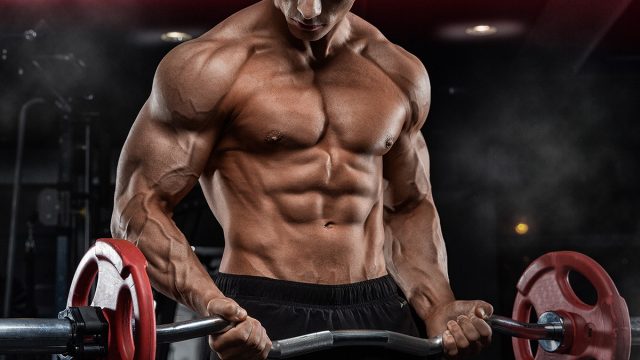
The human body is fascinating. It is composed of bone, muscles, fat and so much more. Muscle and fat and the two main components that can be altered in one's lifetime. Fat is a primary component of the body and responsible for protecting the internal organs: If we have too much, we grow in size, in a fluffy kind of a way. Muscle, on the other hand, is denser. We all have muscle fibers, but depending on how we use them, they can be thicker and stronger or thinner and weaker. The muscles of the human body are responsible for moving joints and creating movement in the body. We have about 600 muscles, all of which have a very important responsibility and are filled with muscle fibers. Here is what happens to them if you don't lift weights.
1. Your Muscle Fibers Get Skinnier and Weaker
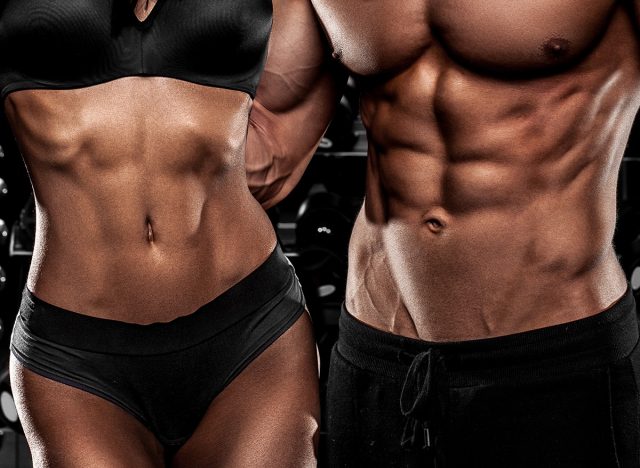
If you don't lift weights, muscle fibers get skinnier and weaker. This leaves the body more susceptible to injury and lack of strength. At the same time, strong and thick muscle fibers burn more calories with regular daily movement. If those fibers are thin and weak, the body's calorie-burning mechanism won't work at its full potential.
Related: Get Your Best Body With 7 Proven Tips From a Successful Fitness Expert
2. Protein Reserves Also Diminish

There is another part of muscle tissue that should be highlighted: Muscles store protein. Without sufficient weight training, this reserve of protein is minimal. Keeping a storage of protein provides immediate assistance for injuries and disease.
3. You Will Also Be More Prone to Injuries

Weight training is imperative. When you lift weights, you build up the muscle fibers, so that they can provide energy for the body and strength for activities.You become more efficient at burning calories and you provide sufficient storage of protein for times of need. Additionally, the body is stronger, less susceptible to injuries and can hold posture and alignment in a more natural way.
4. Make Sure to Focus on Form
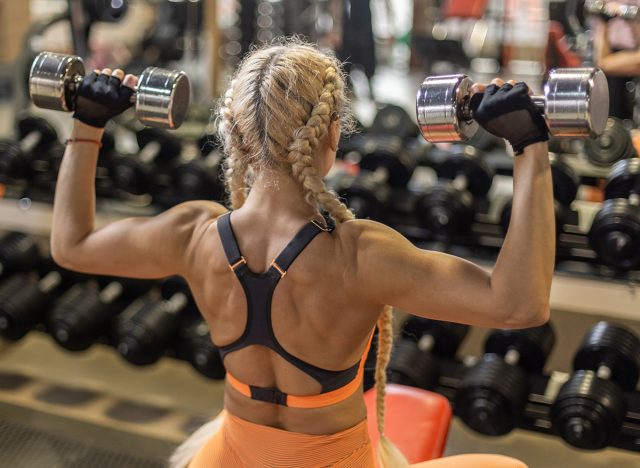
Every muscle in the body has a team of muscles working in unison. It's almost like magic, one muscle contracts, while the other stretches, all to give the body the strength to lift, jump, or push. When wanting to incorporate a weight training program, or simply lift a box out of the car, form and technique are the key. Making sure that the abdominals are always held in, shoulders back and down, and chest lifted, places the spine in a stronger position of power for any lifting endeavor.
5. Consistently Use Your Muscles
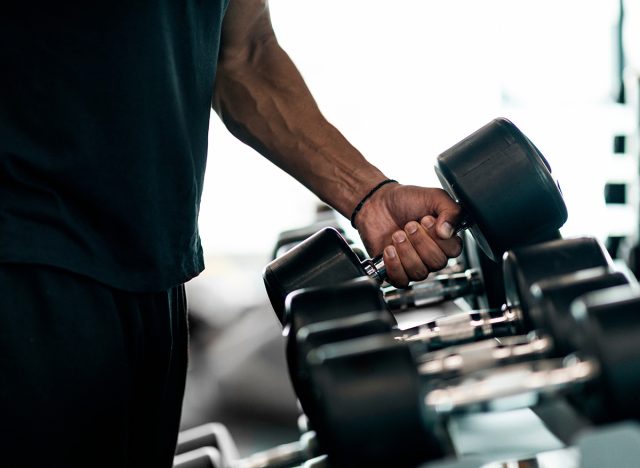
As humans, we were designed to lift, jump, or push on a regular basis. Muscles are a natural part of the body. In today's world we opt for convenience, taking away those moments to work a little harder, or push the body a bit further. This has created the need for weight training. As a society we have become accustomed to using a cart to pull a box, as opposed to consistently using our muscles for the task at hand.
Related: I Lost Over 16 Pounds in 3 Weeks with This Surprising Drink
6. Also, Challenge Them with Overload
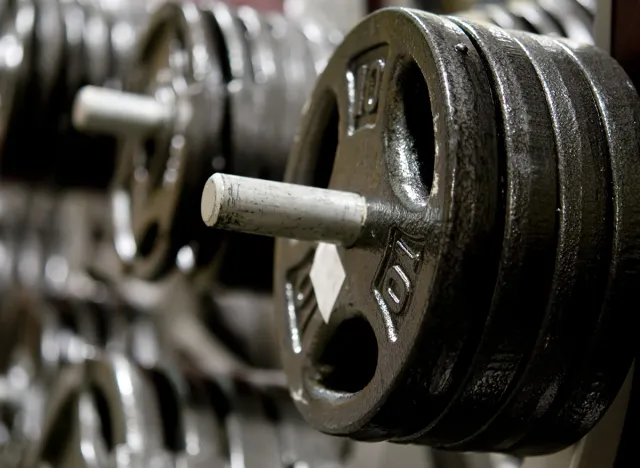
Muscles are challenged with something called overload. This means that you have to consistently lift things that are a bit heavier. If you go to a gym, you start with 5 lbs. and work your way to 10lbs. This same principle can be found during your daily movements. Looking for opportunities to lift heavy things. The gym is a great place to start, but also carrying your groceries can create the right challenge to keep you strong.
💪🔥Body Booster: Gradually push your body to lift heavier weights. This is the only way you will continue to build muscles. And if you enjoyed this article, don't miss 12-3-30 Walking Method: 20 Proven Tips to Lose Weight Faster.




